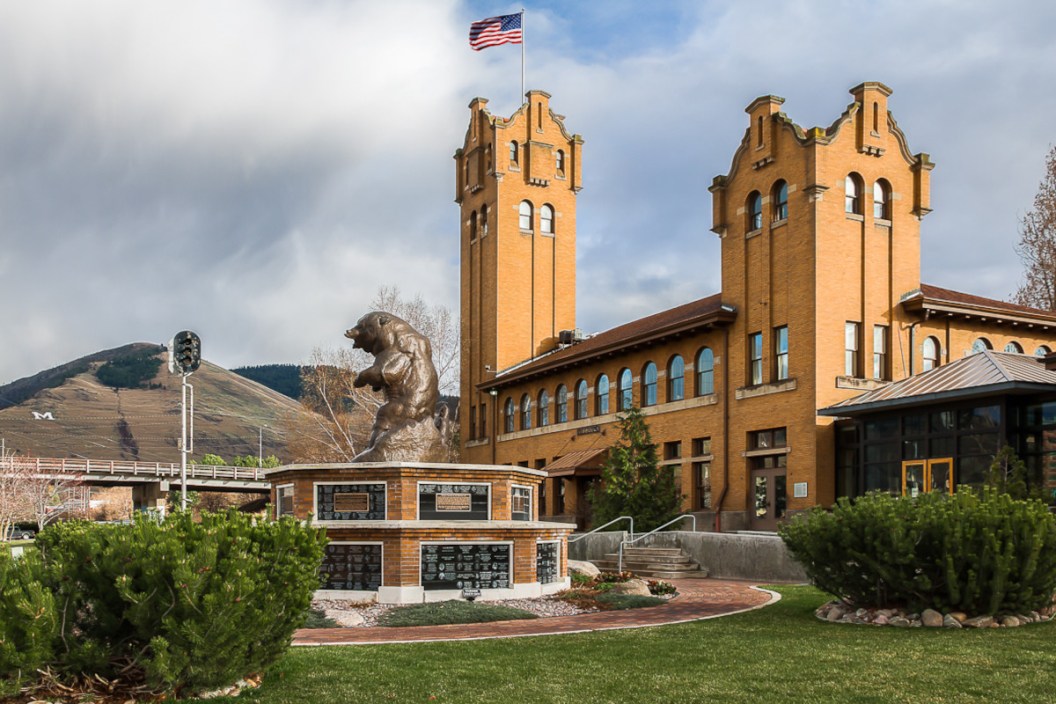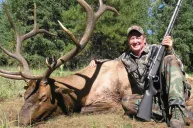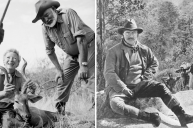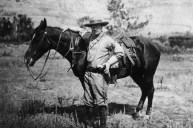When it comes to wildlife conservation, perhaps no other organization has been more instrumental in education, sportsmanship and protection of the United States' animals and natural areas than the Boone & Crockett Club. Many hunters automatically associate the name with the record books and the recording of the biggest bucks, bulls, and bears ever harvested. However, that's only a small part of what they do. And it certainly wasn't the focus of their founding. In fact, most of their contributions to hunting and conservation go far beyond that. Founded in 1887 and named for frontiersman Daniel Boone and Davy Crockett, the club was behind many of the largest habitat and conservation changes in the history of the United States. One could argue several big game species are only around today because of the efforts of the club's founding members. Boone and Crockett Club was even instrumental in the establishment of many National Parks including Yellowstone. In fact it wasn't until much later that they also developed the famous scoring scoring systems and North American big game records book that many hunters know and love. This is the unique history of Boone & Crockett club and their impact on America's untouched natural spaces and wildlife.
Boone & Crockett's origins
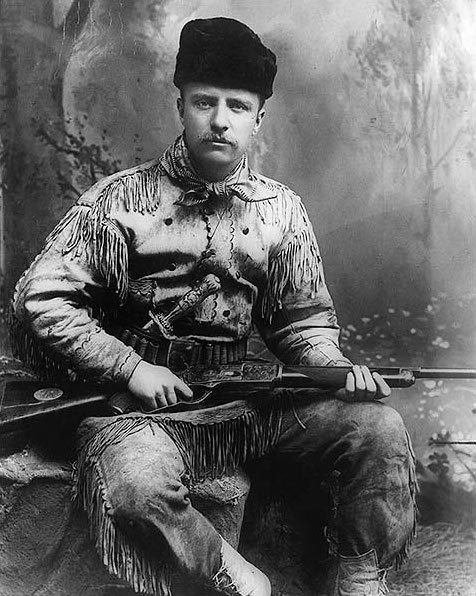
A very young Theodore Roosevelt. Wikimedia Commons: Public Domain
Arguably no man in history has had more of an impact on the conservation of big game animals and the preservation of our planet's natural resources than our 26th President, Theodore Roosevelt. The man was light years ahead of his time in terms of visualizing the future of wildlife. He was also wise enough to see America was quickly on a path to day without wildlife unless something changed quickly. Roosevelt was one of few who realized that to save the wild areas of our country, there was a necessity for established laws and management practices.
B&C's history page states that Roosevelt explored Yellowstone, parts of Montana and the Dakotas between 1883 and 1886. That's where he first saw what was an irresponsible use of the lands and wildlife resources. It was behavior by his fellow humans that could not go unchecked without irreversible damage. Of note here is the bison or buffalo. This large mammal's numbers were down into the hundreds at the time of Roosevelt's trips. Their numbers devastated by unchecked market hunting. It took less than 100 years for bison numbers to go from nearly 60 million to almost extinct. At the time, there were basically no rules protecting the land or the animals that inhabited. As a result, hunters shot countless game animals without much thought to their numbers. Other animals saw their natural habitat completely destroyed by progress through railroads, mining, farmer's fields and grazing lands.
Many species either already had or were starting to circle the drain towards permanent extinction by the time Roosevelt saw what was happening. Fortunately for anyone who loves the outdoors, Roosevelt had a lot of like-minded friends who agreed something had to be done. And fast. In 1887, Roosevelt founded the now-legendary conservation organization along with other notable names like Gifford Pinchot, George Grinnell and Madison Grant.
Few men have ever changed the world the way these guys did. While primarily thought of as a big game hunting organization, the club's contributions to the preservation of nature simply cannot be ignored.
Boone & Crockett's Political Accomplishments
In 1887, few people were thinking about ethics and stewardship of the lands we all know and love. Even fewer were thinking about the science behind these ideas. Most simply saw there was money to be made and they wanted their own piece of the action, regardless of the effects on the natural ecosystem. That's why one of B&C's biggest accomplishments was the complete elimination of unregulated market hunting. You may have heard about things like the Lacey Act of 1900 and the Migratory Bird Treaty Act of 1918. Boone and Crockett pushed heavily for these laws. The club's founding members helped effectively put a permanent end to market hunting and allowed many decimated wildlife species to make a full recovery in the 130+ years since. Other members helped kick-start wildlife preserves that helped with the recovery of animals like the pronghorn antelope in the early 20th century. One could argue that without B&C's push to end the commercial hunting market, and their time put into recovery efforts, recreational hunting as we know it today might not even exist. Those animals would simply be drawings or old, faded black-and-white photographs of what once was in a history textbook.
Boone and Crockett also heavily advocated for the National Park system, especially the establishment of household name places like Grand Canyon, Glacier, Denali and of course, Yellowstone and Yosemite. The club also helped in the push for establishment of federal agencies like the National Forest Service and National Park Service to help protect and regulate these areas. After all, they realized if you cannot enforce the game laws, who was going to follow them?
Roosevelt being elected President of the United States in 1904 helped the club's goals significantly. He used executive orders to designate hundreds of new National Forests. He also helped establish multiple game and bird reserves, 18 National Monuments and five different National Parks. Roosevelt died in 1919, but his influence on Boone & Crockett remains to this day. The organization has been instrumental in the protection of threatened big game animals like the bighorn sheep or the still-endangered Florida Key deer. Many of these animals either have already or are making comebacks thanks to early pushes by B&C.
Boone and Crockett advocated heavily for the Pittman-Robertson Act in 1937, which appoints an 11 percent excise taxes on hunting and fishing gear. The money generated from this tax goes directly back to conservation education and funding for often under-funded state wildlife agencies. In recent years Boone and Crockett also pushed heavily for a bipartisan update called "Modernizing Pittman-Robertson" that allocated funds to go towards vital hunter retention and recruitment efforts in the face of waning interest in the shooting sports.
They have also continued to champion science in conservation and have adapted to the changing times. For instance, two years ago the club donated a significant amount of funding to more research on chronic wasting disease or CWD, an always fatal neurological disorder that affects deer, elk and moose.
Simply put, if it has anything to do with conservation, odds are Boone & Crockett has had their hands in it at some point. The club's influence in preserving the nation's hunting heritage and wild, open spaces is unparalleled among hunting organizations.
Ethics and Record-Keeping
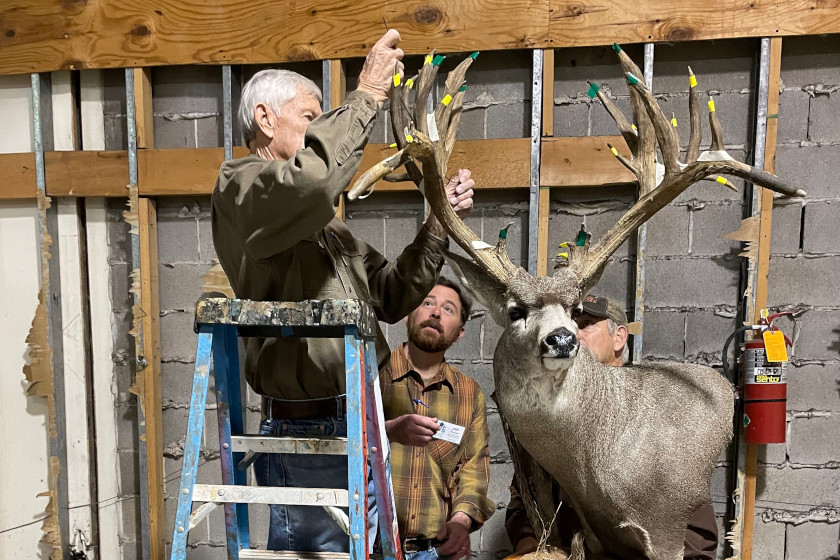
Boone and Crockett
While conservation is the main mission of the Boone and Crockett club, they are equally notable for their contributions to the ideas of hunter ethics and the establishment of record-keeping. Boone and Crockett's members were instrumental in defining the first fair chase principles that so many hunters abide by to this day.
"Fair chase, as defined by the Club, is the ethical, sportsmanlike, and lawful pursuit and taking of free-ranging wild game animals in a manner that doesn't give the hunter an improper or unfair advantage," the club's website states.
These principles have been seamlessly woven into the fabric of the nation's hunting laws. They are what prevent people from poaching animals after dusk via spotlights or from running them down and shooting them from vehicles. Today, most hunters know Boone & Crockett as the premiere records keeping organization. For many hunters, it is their life-long goal just to get one "Booner" into the book. That's no easy feat given the high minimum scores one must hit and the organization's high standards and rules for fair chase.
The official Boone and Crockett scoring system was established by club member Prentiss Gray with the first official record book being released in 1932. The idea came out of a taxidermy collection established by the club in 1906 called the "Heads and Horns Collection." That display still exists and can be viewed at the Johnny Morris' Wonders of Wildlife National Museum in Springfield, Missouri.
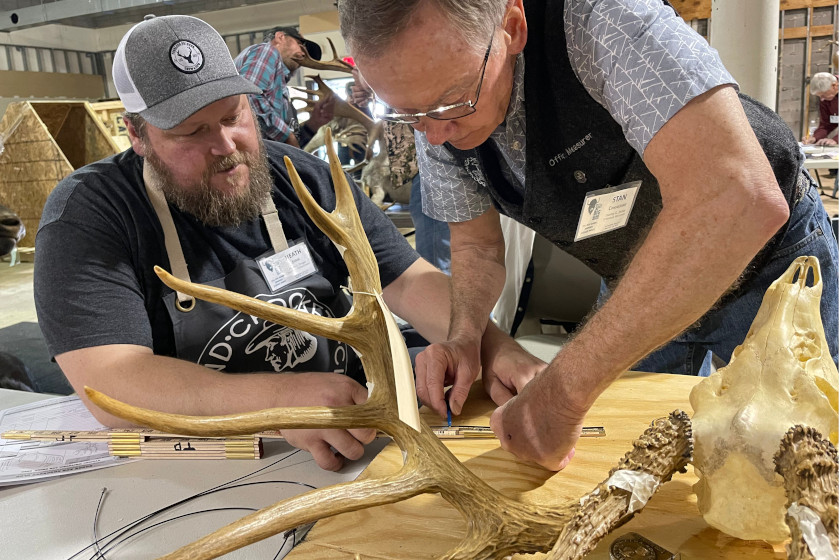
Boone and Crockett
Even though the club had been actively championing conservation, there was still this concern that many of the animals in the collection did not have long before they would be extinct from this world. A grim viewpoint to be sure. Thankfully, one that never came to fruition. The exhibit was a huge success and resulted in more public interest in hunting and conservation. This led to Gray establishing the scoring system. However, it was not about bragging rights then, it was simply about collecting scientific data on the progress of recovering big game species.
Of course, in the many decades since then, having your name forever enshrined within the pages of the Boone & Crockett record book has become a goal for many a hunter.
The legacy of the organization
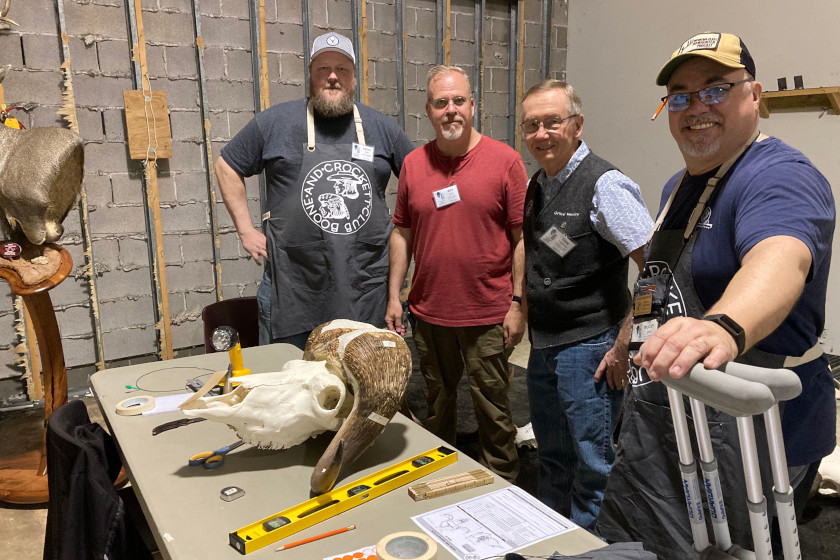
Boone and Crockett
Boone & Crockett Club probably does not get nearly the credit they deserve for their role in the conservation of North American big game. Many people may go through their whole lives without realizing the impact this one organization has had many of the wild animals that are now almost taken for granted in our nation's National Parks and other wild areas.
For most of us, it is hard to imagine a world without a whitetail deer or wild turkey season year after year. Those are just two species that have made massive recoveries thanks in part to efforts of Boone and Crockett after being pushed near the brink of extinction. It is even harder to imagine a world where beautiful places like Yellowstone National Park are not protected and preserved for future generations to enjoy. Can you imagine a Walmart sitting across the street from Old Faithful? It sounds crazy, but who knows what may have happened to it and other natural areas had it not been for the hard work of these early conservationists?
While they may be a lesser-known name to historians in all this, when one of your founders is Teddy Roosevelt, it is safe to say your organization's legacy is forever etched in stone. Thank you, Boone & Crockett, for all that you do for hunting and wildlife!
For more outdoor content from Travis Smola, be sure to follow him on Twitter and Instagram For original videos, check out his Geocaching and Outdoors with Travis YouTube channels.
READ MORE: 31ST BIG GAME AWARDS CONTINUES BOONE AND CROCKETT CLUB'S CONSERVATION LEGACY
